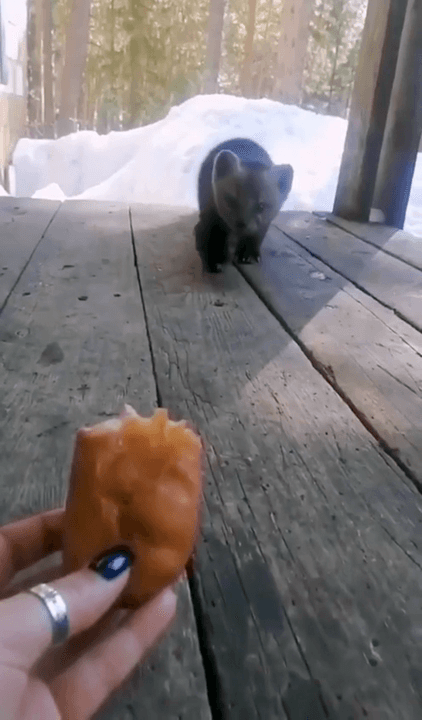
San Bernardino Guns & Knife Show 2025: November 8–9, 2025 | National Orange Show Grounds, San Bernardino, CA Returning to Southern California this fall, the San Bernardino Guns & Knife Show 2025 promises to be one of the largest and most diverse arms and ammunition expos on the West Coast. Hosted by the renowned Crossroads of the West Gun Shows, this two-day event—set for November 8–9, 2025—will unfold at the expansive National Orange Show Grounds in San Bernardino. This is the ultimate destination for hunters, collectors, tactical professionals, and outdoor enthusiasts looking for top-tier weapons, accessories, and unbeatable deals. The San Bernardino Guns & Knife Show features an extensive range of products from industry-leading brands and passionate small-business vendors alike: Firearms & Ammunition Rifles, shotguns, handguns, and air guns Specialty ammo in all calibers Gun parts, magazines, scopes, optics, and holsters Self-defense tools, concealed carry gear, and tactical
Post: 5 August 13:37




























